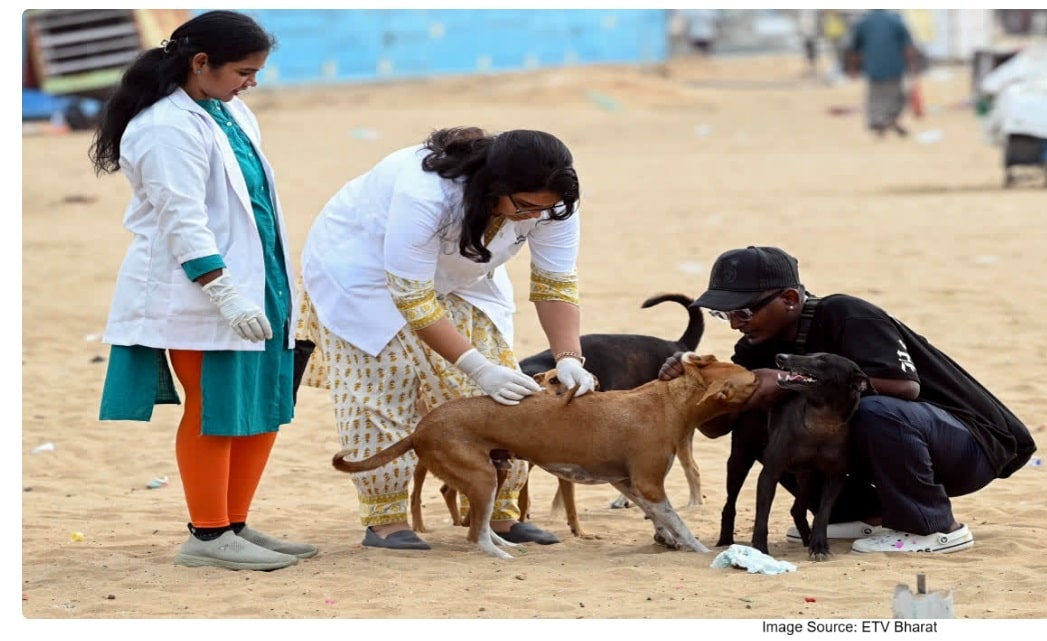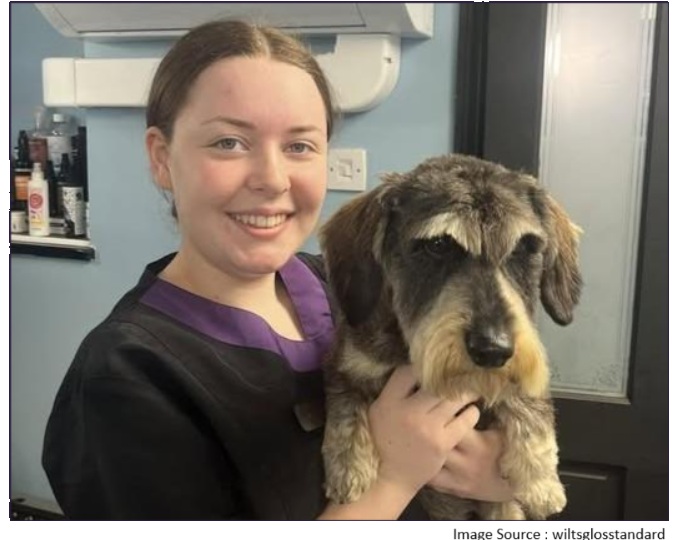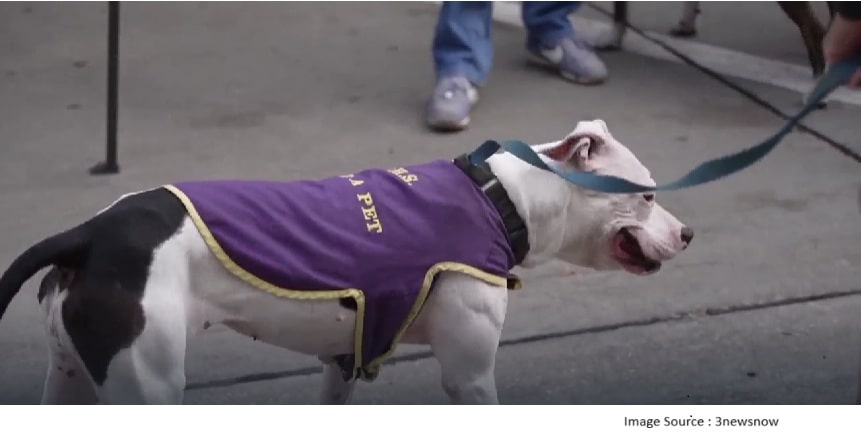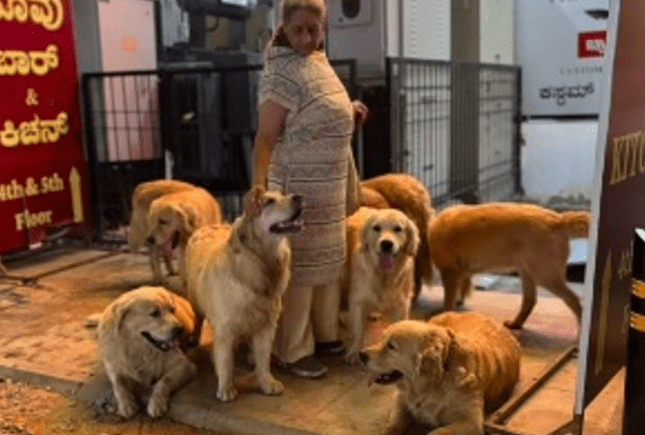Rabies Controlled Area Declared in Goa After Mass Vaccination
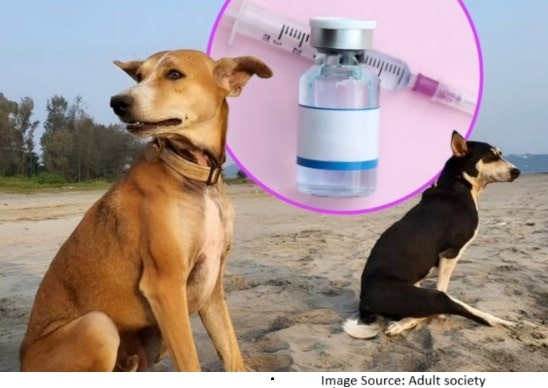
Goa created history when officials officially declared it the first state in India to be a rabies-controlled area. Veterinarians, the government, and international partners achieved this milestone through a long outreach vaccination program and coordinated efforts. This victory represents a major step toward eliminating rabies-related deaths in India.
Large-Scale Vaccination Effort to Achieve a Rabies-Controlled Area
This campaign marked the biggest attempt in the history of vaccinating dogs, achieving over 63,000 vaccinations in just 30 days. The exercise showed that a quick and organized response can achieve incredible outcomes in disease management.
Some of the notable campaign aspects were:
- More than 500 veterinarians from 16 countries worked in collaboration with local teams.
- The door-to-door campaigns guaranteed coverage both in urban and rural locations.
- Innovative tracking allowed it to prevent duplication and be efficient.
- The first one was broken in record time.
This mass action serves as an example showing that popular health initiatives become effective when communities implement them carefully and collaboratively.
Official Declaration of Goa as a Rabies Controlled Area
In recognition of these efforts, the Directorate of Animal Husbandry and Veterinary Services officially proclaimed Goa a Rabies Controlled Area in May 2021.
- Officialized in the form of government notification Number 14-9-AH/Rabies Control/2021-22/679 dated 17 May 2021.
- India is the first of its kind to be recognized.
- Heavily emphasized Goa as a leader in the field of public health and animal welfare.
Why Rabies Control Matters
Rabies is a fatal viral infection, which is mostly caused by dog bites, and which kills thousands of people annually. The significance of the success of Goa will be obvious when you pay attention to facts:
- Once symptoms develop, rabies is virtually never lost.
- A high percentage of rabies deaths in the world is contributed by India.
- The best prevention method is vaccination of dogs.
- The eradication of rabies is beneficial to human and animal health.
Goa has demonstrated that the dog vaccination programs can also provide a safer environment to communities by drastically reducing the risks of rabies and saving thousands of lives.
Community and Global Impact
Collaboration and community involvement were also important in the vaccination campaign.
- Local communities were collaborative and brought pets to be vaccinated.
- Awareness helps educate people on ways to prevent bites by dogs as well as prompt treatment.
- This initiative supported the objective of the World Health Organization of “Zero by 30” -zero human rabies deaths by 2030.
- The involvement of international veterinarians provided a certain example of collaboration on the global level.
Looking Ahead
Although this is a commendable success in Goa, experts emphasize the need to keep watching. Eradication of rabies is an aspect that involves a long-term commitment.
- Future steps should include:
- Long-term annual campaigns of dog vaccination.
- Surveillance and reporting of rabies.
- Awareness of dog handling and bites within the community.
- Educating more local veterinarians on rabies control.
- Revitalizing lessons for other states in India.
Conclusion
Goa’s achievement of becoming rabies-controlled marks an important milestone in the history of public health in India. This achievement clearly shows that careful planning, collaboration, and active community participation allow communities to control deadly diseases such as rabies. Consequently, the campaign not only saved lives but also provided a practical blueprint for other parts of India and the world to follow.

